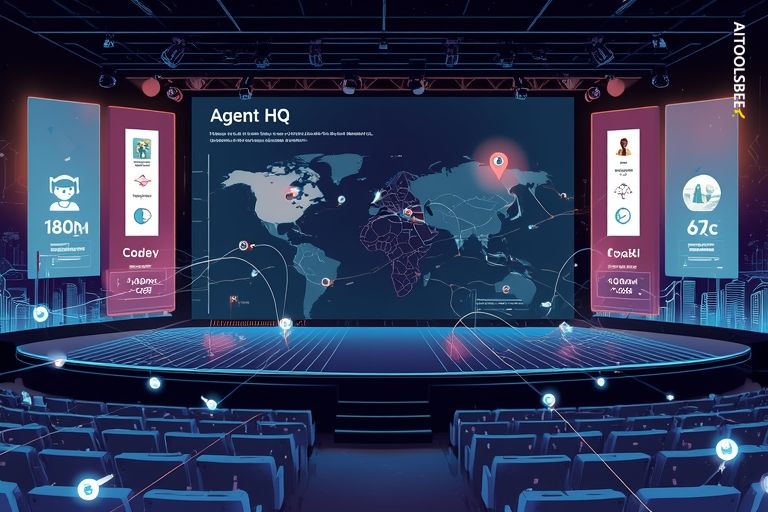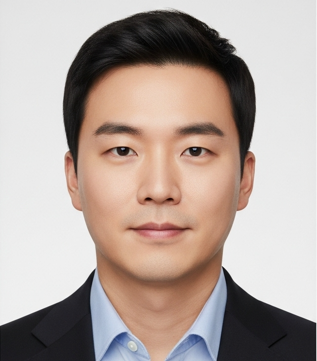
Jay Parikh says AI is remaking hiring and software
Corporate leaders are recalibrating teams and workflows as {AI agents} move from pilot projects to core infrastructure. In San Francisco this week, Microsoft executive Jay Parikh used a closed-door briefing at GitHub Universe to describe a turning point for how software is built and how people are managed. His message was that the shift is no longer a lab experiment; it is rewiring incentives, reshaping hiring pipelines and recasting the tempo of product development.
Parikh, a former top engineering executive at Meta who was hired by Microsoft CEO Satya Nadella last year, now serves as Executive Vice-President of CoreAI and oversees GitHub, which sits inside that new engineering group. Addressing the organisational fallout, he said companies are facing 'system changes' in how they organise, incentivise, hire and train, and in whether they should grow, hold flat or shrink. He avoided the word layoffs, but he said firms are still learning as {AI agents} reshape basic assumptions.
The labor market signals echo his assessment, with large organisations cutting white-collar roles in HR, marketing, sales and engineering as they adopt automation. Amazon began a reorganisation that will eliminate 14,000 roles worldwide and cited AI as a key factor, while Walmart said it intends to maintain headcount at current levels over the next several years, primarily because of the impact of automation, and Salesforce reduced its workforce by 4,000, crediting benefits and efficiencies. Boards are treating the spread of {AI agents} as a chance to reset cost structures and reallocate work.
The distributional effects are uneven. A recent Stanford study suggests the impact may hit younger workers harder, especially in coding and customer support roles. That finding underlines a growing concern that if entry-level pathways shrink while {AI agents} write more routine code and handle scripted service interactions, the industry could struggle to develop the next generation of engineers.
Microsoft is leaning into its developer foothold to channel this energy. GitHub, which now counts 180 million developers, is being positioned as a central platform for coding assistants, and its new Agent HQ interface lets external tools including OpenAI’s Codex and Anthropic’s Claude Code plug into the ecosystem. The company’s bet is that consolidating {AI agents} inside the familiar workflows of GitHub will accelerate enterprise adoption.
The wider context helps explain the urgency. Since the launch of OpenAI’s ChatGPT a few years ago, prompt-driven software has moved from consumer novelty to enterprise utility, with customised systems automating customer support, marketing and coding across many domains. These tools can automate complex routines, solve multistep problems and process large volumes of structured work, and the ability of {AI agents} to make sales calls and write software intensifies questions about task boundaries between people and machines.
Parikh framed this moment as a redefinition of who builds. 'I believe that the notion and definition of developers is going to change radically,' he said, predicting that more people across teams will be able to create software and that the priority will shift to using these 'superpowers' to reduce toil, speed ideation and burn down backlogs. In his view, the role of engineers will move up the stack as {AI agents} take on heavier lifting across repetitive steps.
For investors and operators, the message is pragmatic rather than utopian. Capital will flow toward automation that shows measurable productivity gains, especially in developer tooling and document-heavy workflows, and leadership teams will recalibrate hiring and training to match that reality. If GitHub becomes the hub where enterprises orchestrate {AI agents}, it signals a near future in which content and code are assembled through human oversight and automated execution, a model that could define the next era of enterprise production. It suggests a shift from craft to coordination, with creative judgment guiding fleets of software helpers.

Covers how technological progress is shaping new products and services, delivering clear insights into the fast-evolving AI tools industry.

